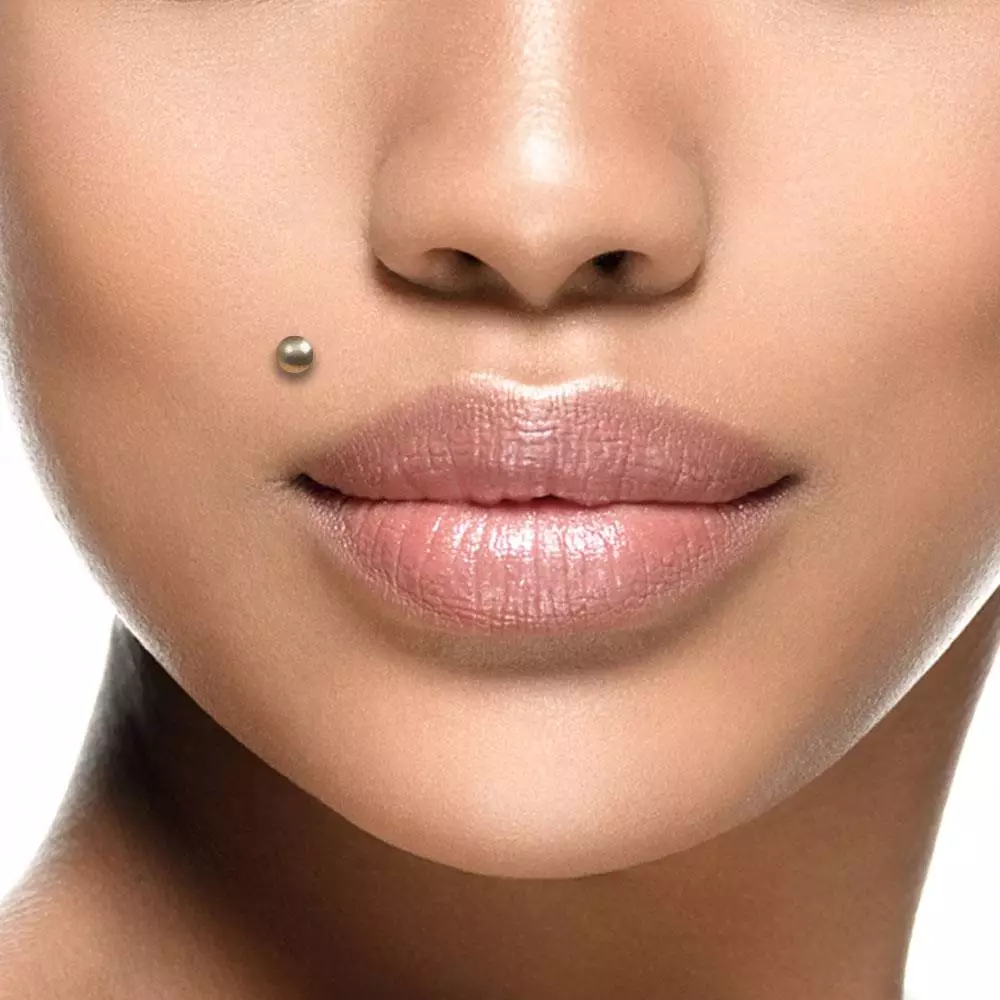Vertical Labret Scar: Causes, Prevention, and Treatment
Contents
The vertical labret piercing grants an edgy, sensual look when done right. However, scarring can sometimes occur and disrupt the desired aesthetic. Proper aftercare minimizes vertical labret scar risk, but other factors contribute too. Understanding potential causes allows implementing preventative measures. If scarring develops, treatment options exist for improving appearance. This guide explores vertical labret scars comprehensively.
Scar Formation Causes
Vertical labret scars arise from the body’s natural wound healing process. Any form of sustained injury or trauma prompts the skin to produce collagen fibers to mend the damage. Excess collagen building up creates raised scar tissue.
For vertical labrets, inadequate aftercare constitutes the primary scar catalyst. Neglecting regular cleaning promotes debris buildup and infection around the piercing channels. The resulting prolonged irritation and inflammation increases scar probability.
Other potential culprits for scarring include jewelry material sensitivities or allergies. Low-quality metals may trigger the body’s immune system to attack the piercing site, leaving permanent marks. Physical trauma from accidental snags, tugs, or impact can also scar vertical labrets.
Biological factors like genetics, age, skin type, and ethnicity influence scarring risks too. Those with naturally thick collagen production or slower wound healing metabolisms may develop scarring more easily.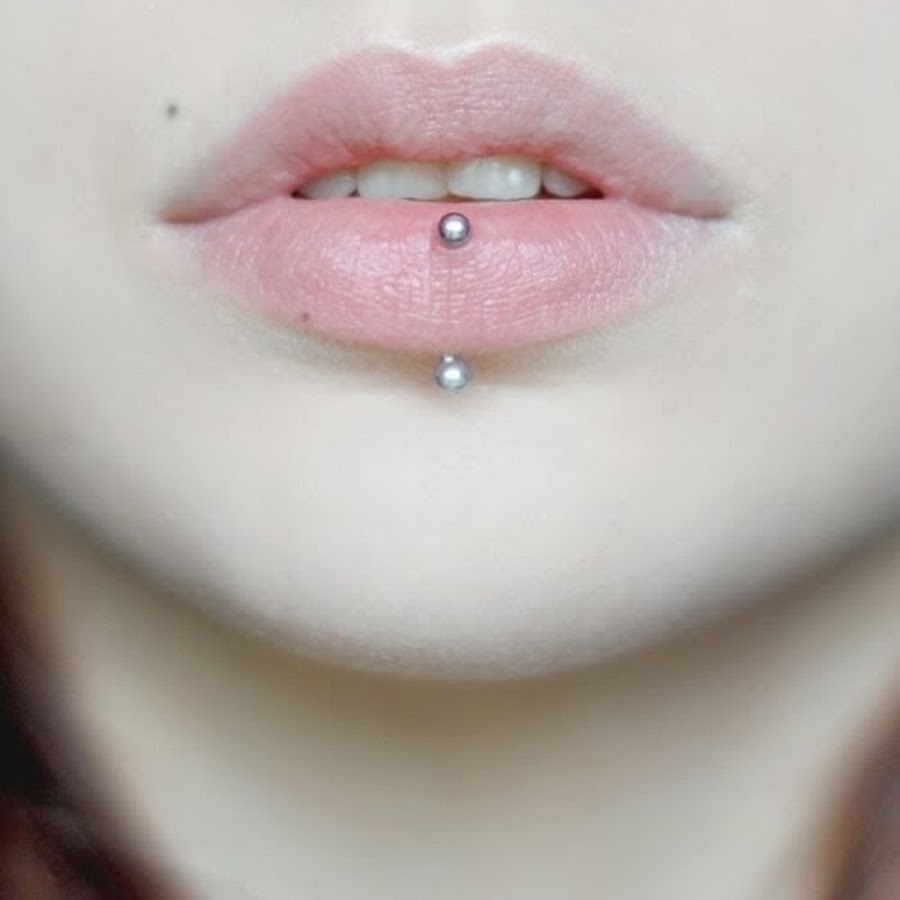
Scar Types and Characteristics
Vertical labret scarring can take several different physical forms. The most common varieties include hypertrophic, keloid, and discoloration scars.
Hypertrophic scars present as thick, raised reddish or pink lesions confined to the piercing site outline. These develop when excessive collagen fibers cluster around the wound. Hypertrophic scars subside over time but leave permanent bumpy textures.
More severe keloid scars extend aggressively beyond original piercing boundaries in thick, discolored, tumorous growths. They form through an overzealous wound healing response with collagen overproduction. Keloids indicate an underlying genetic predisposition and may require professional treatment.
Pigmentation issues like hyperpigmentation or hypopigmentation discolor the skin around old or current vertical labret piercings. Darker brown or reddish spots signal post-inflammatory hyperpigmentation stemming from trauma. Lighter patches indicate lack of melanin or hypopigmentation scarring.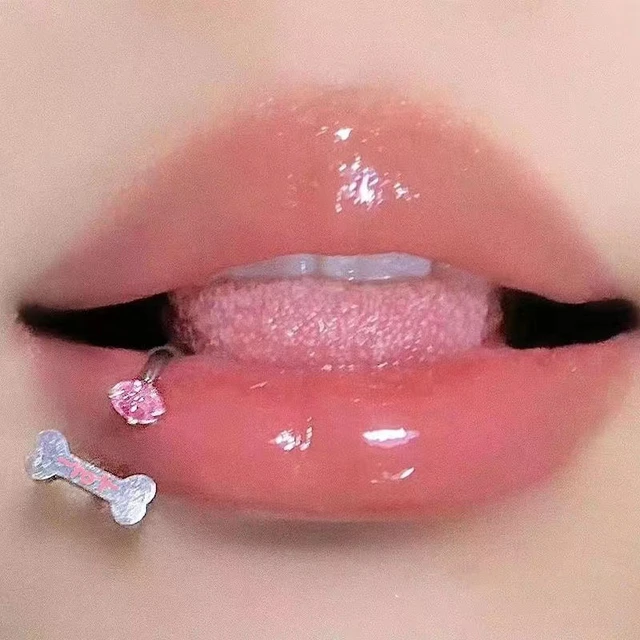
Scar Prevention: The Best Defense
Preventing scarring starts with diligent vertical labret aftercare from day one. Following proper cleaning and hygiene protocols minimizes risks of infection or trauma. This halts conditions that could catalyze scar formation.
Use preservative-free antimicrobial mouthwashes or salt water solutions to rinse the inner piercing area multiple times daily. Hydrating sprays or sterile wound washes clean the outer entrance cautiously. Always moisturize afterward to aid healing.
Select starter jewelry made from implant-grade materials only. High-quality titanium or niobium bars reduce chances of reactions and scarring caused by irritation or allergies. Replace any discolored, pitted, or low-quality jewelry immediately.
Protect the delicate vertical labret during activities where trauma risks exist. Sports mouth guards and shielding create a protective barrier to prevent accidental snags or impact. Avoid over-playing with or spinning the jewelry unnecessarily as well.
Those prone to scarring should consider oral supplement like bromelain, turmeric, or vitamin C to boost healing. These antioxidants and anti-inflammatories may impede collagen overproduction and scar tissue formation.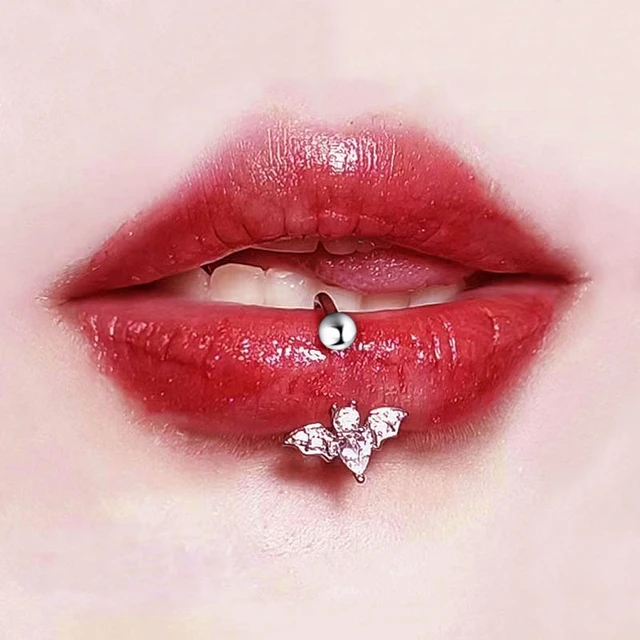
Early Scar Treatment
Catching scarring early provides the best chance for effective treatment. Gentler methods using pharmaceutical Products and prevention prove most viable when scars are fresh and minor.
Over-the-counter topicals containing onion extract, vitamin E, or silicone gel pads applied directly to new scars may help flatten raised textures and relax tightened skin. Prescription corticosteroid injections provide another option for halting hypertrophic scar progression.
Other non-invasive approaches use paper tape, silicone sheets, or compression garments to flatten protruding scars and restrict further collagen buildup. Pulsed-dye laser or light energy therapies also work to breakdown and diminish newly emerged discoloration or hyperpigmentation.
But the most critical scar treatment involves continued diligent vertical labret hygiene. Keeping the area clean and moisturized fortifies skin integrity while gradually fading recent scar development over time.
Treating Stubborn Vertical Labret Scars
For older, established scars that have persisted beyond initial healing, more aggressive professional treatments offer hope. Collagen-remodeling procedures mechanically break down thickened scar bands to regenerate smoother skin texture.
Micro-needling devices utilize tiny sterilized needles penetrating old scar surfaces. This controlled injury sparks collagen restructuring and renewal to improve scar tone and texture. Similarly, radiofrequency resurfacing deploys energy waves for controlled scar remodeling. Cryotherapy uses intense cold to freeze and flatten raised keloid growths.
Surgery presents the most effective solution for disfiguring keloids or severe hypertrophic scars not improving through other methods. Skilled plastic surgeons excise the entire vertical labret scar site, then repair the defect using advanced scar revision and grafting techniques. Steroid injections accompany surgery to prevent keloid recurrence.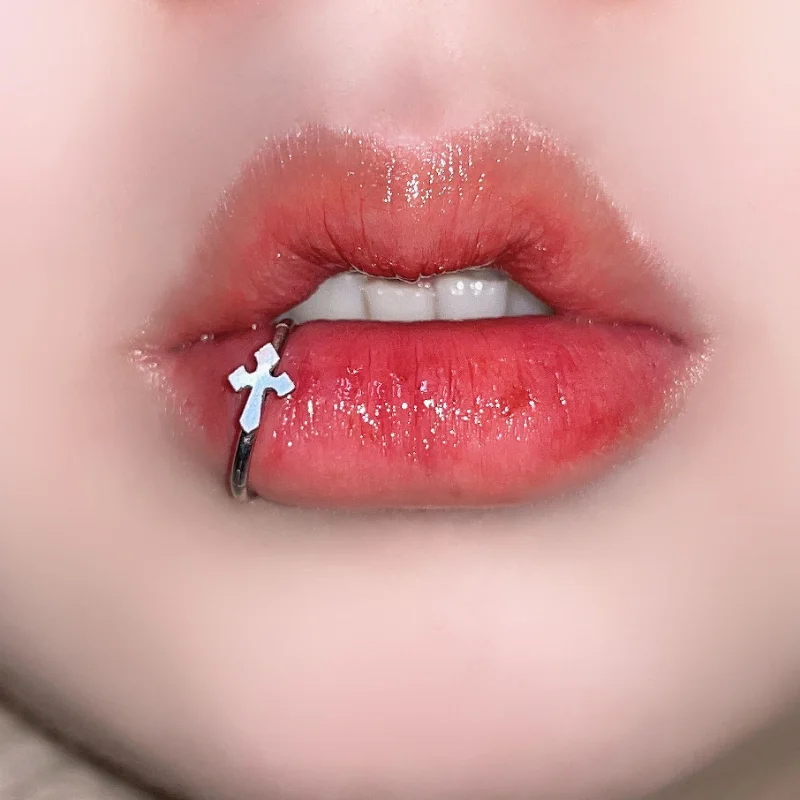
Scar Management Expectations
Given their anatomical location, vertical labret scars exist as permanent skin fixtures. No remedy can completely erase vertical labret scarring, but treatment can improve the appearance considerably over time.
Diligent aftercare and early intervention prove vital for gaining control over emerging scar formation. Taking a gradual approach aimed at scar minimization and remodeling produces the best long-term cosmetic results.
In severe keloid cases, professional intervention and regular maintenance therapies become necessary realities for keeping disfiguring scarring under control. But with perseverance and proper scar care, the vertical labret piercing can maintain its stylish edginess indefinitely.
Mental and Emotional Considerations
Dealing with a vertical labret scar isn’t just a physical experience; it can also impact your mental and emotional well-being. Scarring can sometimes affect self-esteem and body image, making it important to address these aspects during your healing process.
Engage in activities that boost your self-confidence and remind you of your worth beyond physical appearance. Positive affirmations and surrounding yourself with a supportive community can help mitigate the psychological impact of scarring. Understanding that healing is a journey and that imperfections are a natural part of this process can provide some emotional relief.
If self-esteem issues persist, consider speaking with a mental health professional. Therapeutic techniques such as cognitive-behavioral therapy (CBT) can help you manage negative thoughts and feelings associated with your vertical labret scar. Body positivity and self-acceptance practices can also offer valuable perspective and support.
Journaling your journey can provide an outlet for any frustrations or concerns you might have. Tracking the progress of your scar can also be a good reminder of how far you’ve come, which is empowering and uplifting.
By addressing mental and emotional health alongside physical healing, you ensure a more holistic approach to managing a vertical labret scar. This well-rounded strategy not only helps you heal better but also allows you to enjoy your body modification with confidence.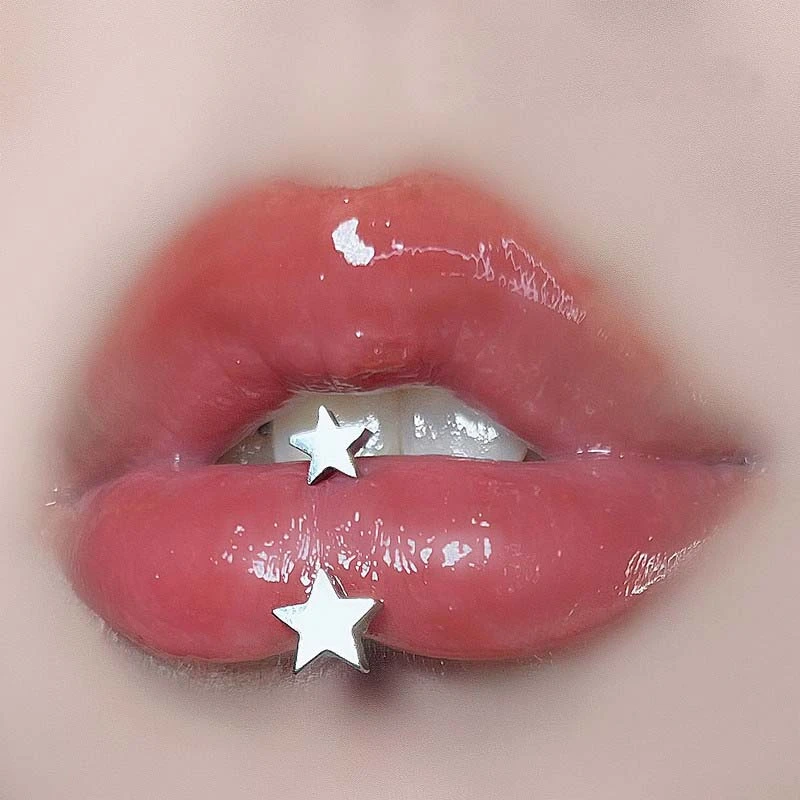
In Conclusion
A vertical labret provides alluring lip piercing appeal when executed and cared for correctly. Unfortunately, scarring can sometimes mar the desired look if preventative measures lapse.
Understanding common scarring root causes like infection, trauma, and biology empowers implementing protocols to minimize vertical labret scar risks upfront. If scars develop, early treatment with creams, lasers, and taping slow progression.
For established vertical labret scars, advanced dermatological procedures including surgery provide relief. But maintaining impeccable aftercare and taking a gradual approach remain paramount to scar prevention and management.
With commitment and care, vertical labret enthusiasts can ensure their piercing upholds seamless aesthetics long-term. Prompt response to any scar development preserves the sultry, edgy look intended by vertical labret enthusiasts.
Considering getting a vertical labret piercing but worried about the aftermath? One common concern is the potential for a vertical labret scar. While any piercing carries the risk of scarring, a vertical labret scar can vary significantly depending on aftercare and individual healing. Many people wonder, “Does a vertical labret leave a scar?” The answer is that it can, but the severity often depends on how well you care for it during the healing process.
Proper aftercare
A healed labret piercing scar can be minimal if proper aftercare is followed, but improper care or complications can lead to more noticeable vertical labret scarring. In some cases, individuals experience a keloid on vertical labret, which is a type of raised vertical labret scar tissue that can form as the body heals. If you develop a vertical labret keloid, specialized treatments may be required to minimize its appearance.
If you’re contemplating the removal of your piercing, you might wonder about the vertical labret after removal and whether you’ll be left with a permanent mark. Over time, a closed vertical labret scar typically becomes less noticeable, but the appearance can vary. Some people may see their vertical labret scar healed seamlessly while others might have lingering signs.
In 2024, various treatments like silicone sheets, laser therapy, and over-the-counter scar creams can significantly improve the appearance of a vertical labret piercing scar. Consulting a dermatologist can offer additional options tailored to your specific needs. Understanding the healing process, potential complications like vertical labret scars, and available treatments can help you make an informed decision about your piercing journey.
In conclusion, vertical labret piercings may leave a small scar upon removal. Proper aftercare can minimize scarring, and individuals should consult with a professional for scar management options. Keeping the area clean and hydrated during the healing process can help reduce the visibility of any resulting scar.
